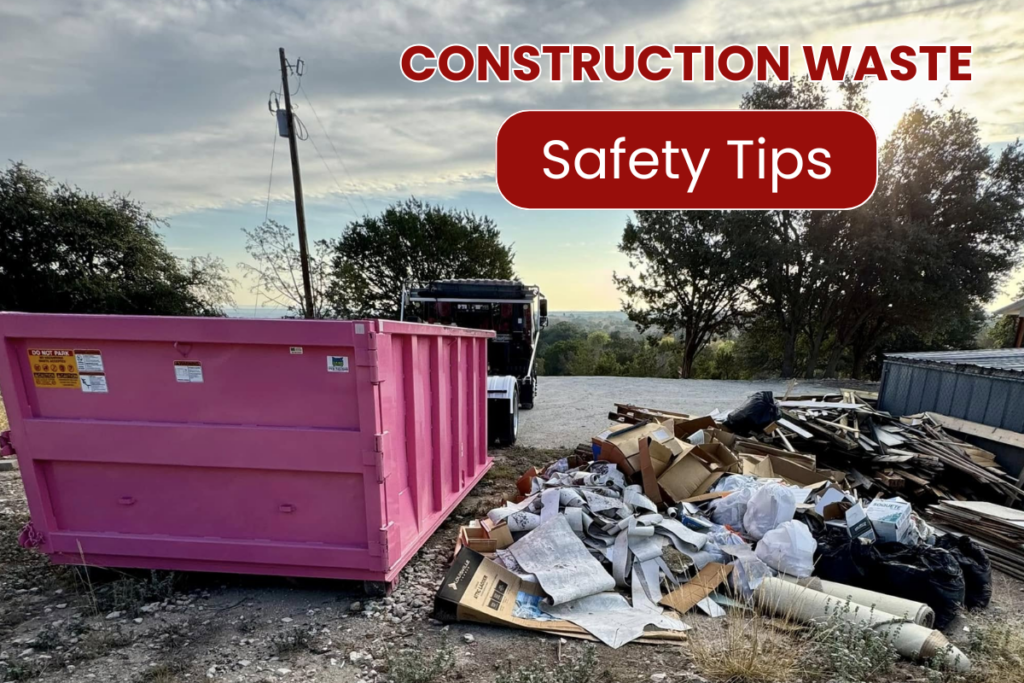What Safety Precautions Should You Take When Using a Dumpster on a Construction Site?

Construction sites are inherently busy and hazardous environments where proper planning and strict safety practices are essential to prevent accidents. Among the many tools and equipment used, dumpsters are crucial for managing construction waste efficiently. However, if not handled properly, they can become safety hazards. Knowing the right safety precautions can help keep your crew safe, protect surrounding property, and ensure compliance with local regulations.
Here’s a closer look at the top safety measures to follow when using dumpsters on a construction site.
Choose the Right Dumpster for the Job
The first step in ensuring safety is selecting the appropriate dumpster size and type. Overloading a dumpster or choosing one too small for the project can result in dangerous overflow and make the area more hazardous for workers. If you’re unsure, working with a reliable roll off dumpster rental service can help you determine the right size based on the volume and type of waste your site will generate. Roll off dumpsters are ideal for construction sites due to their size and easy loading capabilities. Be sure to communicate the type of debris you’ll be disposing of—whether it’s wood, metal, concrete, or hazardous materials—so the rental provider can recommend the best options and advise on any restrictions.Ensure Proper Placement
Where you place your dumpster can directly impact the safety of everyone on-site. Choose a flat, stable surface that can support the weight of a full dumpster, and make sure it’s placed away from high-traffic areas. Avoid positioning it near pedestrian walkways or vehicle paths where it may obstruct visibility or create tripping hazards. In residential construction, some teams use residential dumpsters for smaller projects like home renovations or minor site work. Even in these scenarios, location matters. Be mindful of driveways, underground utilities, and overhead power lines, and ensure the unit won’t block emergency access points or fire hydrants.Secure the Area Around the Dumpster
To prevent injuries, set up physical barriers or cones around the dumpster, especially in high-traffic zones. Signage can also help indicate restricted areas or caution workers about potential risks, such as falling debris. Additionally, keep the area around the dumpster free from clutter. Piles of loose material can create trip-and-fall hazards, especially when workers are moving quickly between tasks.Avoid Overloading or Improper Loading
One of the most common mistakes is overfilling a dumpster. When materials extend beyond the fill line or hang over the edges, it increases the risk of items falling and injuring workers or damaging property. Always follow the dumpster’s fill guidelines provided by your rental provider. It’s also important to distribute the load evenly inside the dumpster. Uneven weight can lead to tipping during transport and make loading less stable and more dangerous. Educate your team on proper loading procedures and never allow anyone to climb inside to rearrange debris.Wear Proper Personal Protective Equipment (PPE)
No one should interact with a dumpster—whether loading or working near it—without the appropriate personal protective equipment. This includes:- Safety gloves to prevent cuts or punctures
- Steel-toe boots for foot protection
- Hard hats to guard against falling objects
- High-visibility vests so workers are easily seen, especially in low-light conditions

